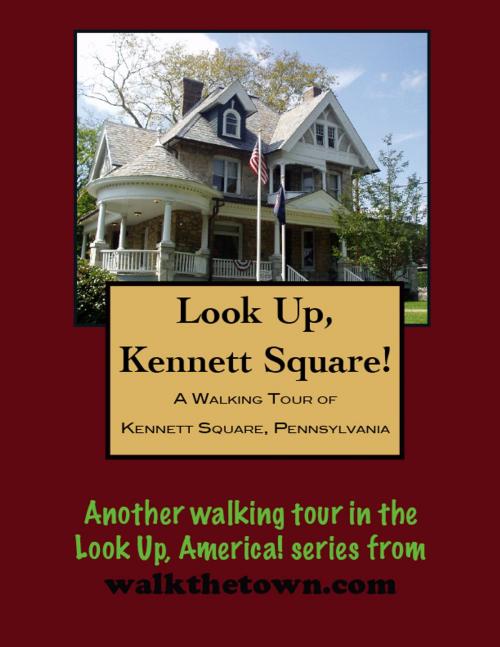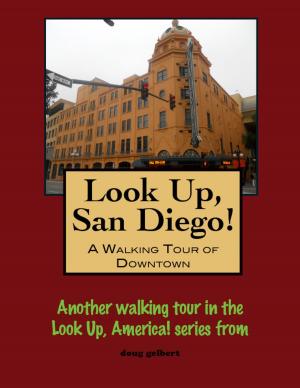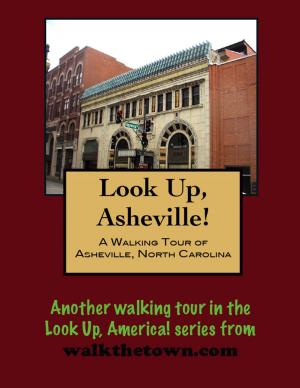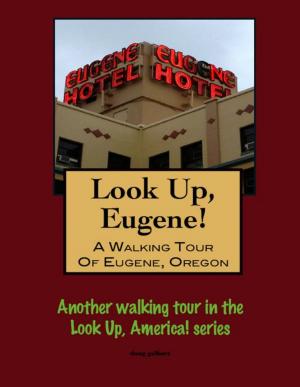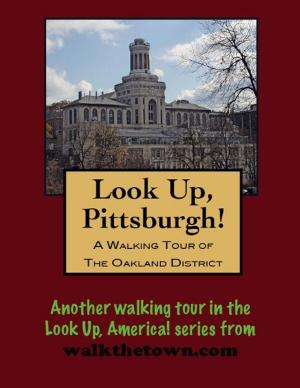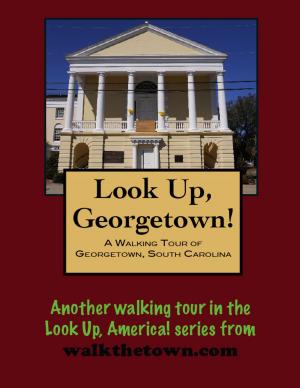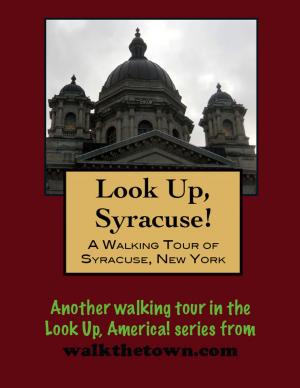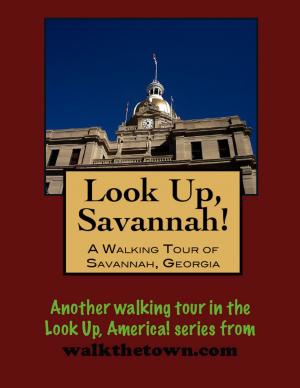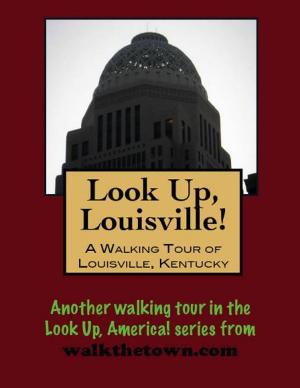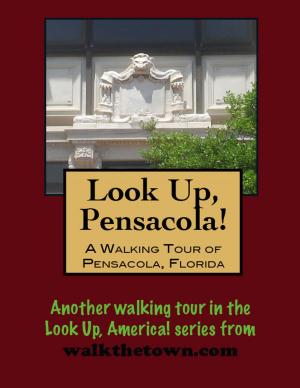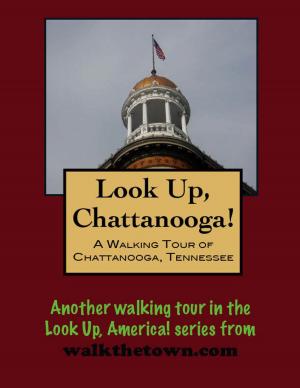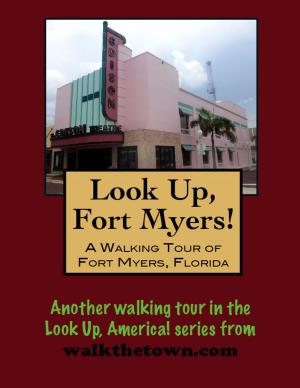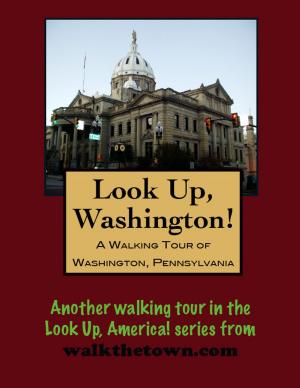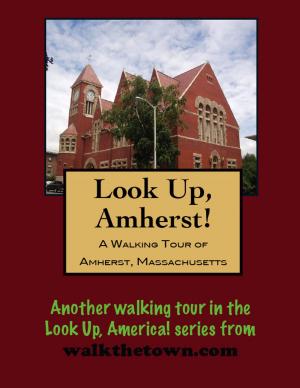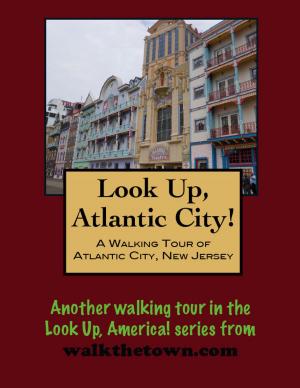| Author: | Doug Gelbert | ISBN: | 9781458092083 |
| Publisher: | Doug Gelbert | Publication: | February 8, 2011 |
| Imprint: | Smashwords Edition | Language: | English |
| Author: | Doug Gelbert |
| ISBN: | 9781458092083 |
| Publisher: | Doug Gelbert |
| Publication: | February 8, 2011 |
| Imprint: | Smashwords Edition |
| Language: | English |
There is no better way to see America than on foot. And there is no better way to appreciate what you are looking at than with a walking tour. Whether you are preparing for a road trip or just out to look at your own town in a new way, a downloadable walking tour is ready to explore when you are.
Each walking tour describes historical and architectural landmarks and provides pictures to help out when those pesky street addresses are missing. Every tour also includes a quick primer on identifying architectural styles seen on American streets.
The name Kennett originates with Francis Smith who came to this region in 1686. He was a native of Devizes, in Wiltshire, England, in which there is a village called “Kennet.” The name is first mentioned in court records in 1705. In the seventeenth and eighteenth centuries Kennett was a small village located where the road from Chester to Baltimore intersected with the road from Lancaster to Wilmington. It was at this intersection that the Unicorn Tavern was built in 1735 by Joseph Musgrave, the largest landowner in what is now Kennett Square. In 1776 Musgrave sold his property to Colonel Joseph Shippen, the uncle of Peggy Shippen, who became the wife of Benedict Arnold.
Travelers found the village a good place to stop, including Baron Wilhelm van Knyphausen and General Sir William Howe, who stayed for one night before marching to the Battle of the Brandywine against George Washington at Chadds Ford in 1777. By 1810 there was a village of about eight dwellings, five of which were log, but it was not until 1853 that a group of citizens petitioned the Court of Quarter Sessions of Chester to form a borough. After several petitions and objections from farmers, the court granted the articles of incorporation and Kennett Square held its first local elections in 1855.
Antebellum Kennett was an important region in the Underground Railroad, and many prominent citizens of Kennett Square and the surrounding region played an important role in securing freedom for runaway slaves.
It was in Kennett Square that the grain drill was invented by Samuel and Moses Pennock (patented on March 12, 1841), and improvements for the corn sheller and harvester (1857), and the first four-wheel road machine (1877). Their business, S & M Pennock & Sons, eventually grew into the American Road Machinery Company. Other local inventors included James Green, inventor of a hayknife, Bernard Wiley, inventor of the famous Wiley Plow, John Chambers, inventor of the asbestos stove plate, and Cyrus Chambers, who patented a machine for folding papers and a brickmaking machine. It was on the Chamber’s property that the first circular saw in Chester County was built in 1835. Another large business was the Fibre Specialty Manufacturing Company, later known as NVF, which built its first plant in Kennett Square in 1898 as is now closed.
Kennett Square’s most famous citizen was Bayard Taylor (1825-1878). A resident of Kennett Square, this nineteenth-century author, diplomat, poet, and journalist published over forty books, including Views A-foot, Eldorado, a translation of Faust (which Mark Twain called the best of all English translations), and local favorite, The Story of Kennett. Bayard Taylor died in Berlin while serving as Minister to Germany.
Our walking tour will start one block north of the Town center at State Street and Union Street where there is a municipal parking garage...
There is no better way to see America than on foot. And there is no better way to appreciate what you are looking at than with a walking tour. Whether you are preparing for a road trip or just out to look at your own town in a new way, a downloadable walking tour is ready to explore when you are.
Each walking tour describes historical and architectural landmarks and provides pictures to help out when those pesky street addresses are missing. Every tour also includes a quick primer on identifying architectural styles seen on American streets.
The name Kennett originates with Francis Smith who came to this region in 1686. He was a native of Devizes, in Wiltshire, England, in which there is a village called “Kennet.” The name is first mentioned in court records in 1705. In the seventeenth and eighteenth centuries Kennett was a small village located where the road from Chester to Baltimore intersected with the road from Lancaster to Wilmington. It was at this intersection that the Unicorn Tavern was built in 1735 by Joseph Musgrave, the largest landowner in what is now Kennett Square. In 1776 Musgrave sold his property to Colonel Joseph Shippen, the uncle of Peggy Shippen, who became the wife of Benedict Arnold.
Travelers found the village a good place to stop, including Baron Wilhelm van Knyphausen and General Sir William Howe, who stayed for one night before marching to the Battle of the Brandywine against George Washington at Chadds Ford in 1777. By 1810 there was a village of about eight dwellings, five of which were log, but it was not until 1853 that a group of citizens petitioned the Court of Quarter Sessions of Chester to form a borough. After several petitions and objections from farmers, the court granted the articles of incorporation and Kennett Square held its first local elections in 1855.
Antebellum Kennett was an important region in the Underground Railroad, and many prominent citizens of Kennett Square and the surrounding region played an important role in securing freedom for runaway slaves.
It was in Kennett Square that the grain drill was invented by Samuel and Moses Pennock (patented on March 12, 1841), and improvements for the corn sheller and harvester (1857), and the first four-wheel road machine (1877). Their business, S & M Pennock & Sons, eventually grew into the American Road Machinery Company. Other local inventors included James Green, inventor of a hayknife, Bernard Wiley, inventor of the famous Wiley Plow, John Chambers, inventor of the asbestos stove plate, and Cyrus Chambers, who patented a machine for folding papers and a brickmaking machine. It was on the Chamber’s property that the first circular saw in Chester County was built in 1835. Another large business was the Fibre Specialty Manufacturing Company, later known as NVF, which built its first plant in Kennett Square in 1898 as is now closed.
Kennett Square’s most famous citizen was Bayard Taylor (1825-1878). A resident of Kennett Square, this nineteenth-century author, diplomat, poet, and journalist published over forty books, including Views A-foot, Eldorado, a translation of Faust (which Mark Twain called the best of all English translations), and local favorite, The Story of Kennett. Bayard Taylor died in Berlin while serving as Minister to Germany.
Our walking tour will start one block north of the Town center at State Street and Union Street where there is a municipal parking garage...
